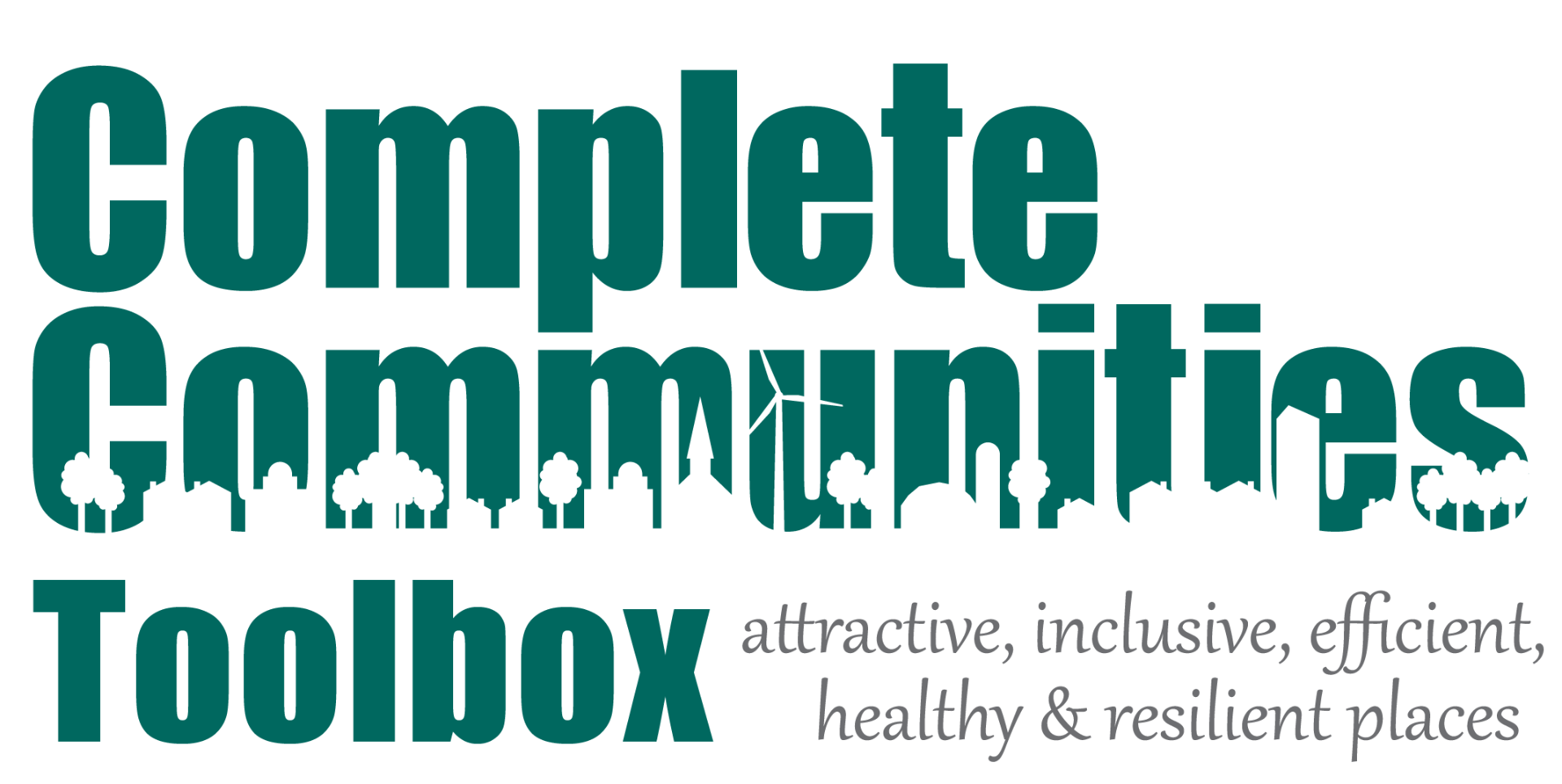IPA has produced a Complete Communities, Designing Better Places video series that is adapted from the series of video presentations produced by the North Carolina Department of Commerce Division of Community Assistance and the Appalachian Regional Commission.
The following videos guide you through the seven sections of Designing Better Places:
- Prospect & Refuge;
- Design Principles, Creating an Outdoor Room;
- Architectural Characteristics of Buildings, Building Placement;
- The Change from Pedestrian Scale to Auto Scale After WWII;
- How Streets Are Built;
- Creating a Pleasant Pedestrian Experience; and
- Why Does This Matter?
Designing Better Places: Section 1 – Introduction – Prospect & Refuge
Introduction and Prospect-and-Refuge Theory is intended to introduce people to general design principles, and explain why there is a sense of comfort in some places, but not in others.
Designing Better Places: Section 2 – Design Principles, Creating an Outdoor Room
Design Principles, Creating an Outdoor Room provides an explanation of common design terms and creating the feeling of being in an outdoor room.
Designing Better Places: Section 3 – Architectural Characteristics of Buildings; Building Placement
Architectural Characteristics of Buildings and Building Placement highlights the importance of architectural design that creates visual appeal, development on a human scale, a pedestrian orientation, and vibrant public places.
Designing Better Places: Section 4 – The Change from Pedestrian Scale to Auto Scale After WWII
The Change from Pedestrian Scale to Auto Scale After WWII examines how the shift from pedestrian- to auto-oriented planning, community design, and dispersed development patterns have contributed to a cycle of automobile dependency.
Designing Better Places: Section 5 – How Streets Are Built
Over time, the design of our roads and streets has come to reflect an emphasis on automobile travel. Discover the ways in which this has transformed the landscape.
Designing Better Places: Section 6 – Creating a Pleasant Pedestrian Experience
Many roads and streets are unfriendly to the needs and wants of pedestrian travelers. This video details what elements are necessary to encourage safe, comfortable, and interesting pedestrian travel.
Designing Better Places: Section 7 – Why Does This Matter?
Roads and streets that are suitable for all modes of transportation serve as an asset to their communities. It is especially important that roads and streets are accessible to pedestrians and cyclists because these activities improve the overall health of our communities and make them better suited to the needs of older adults.
Additional credit and special thanks go to Virginia A. Faust, AICP, Senior Planner in the Western Regional Office of the Division of Community Assistance with the North Carolina Department of Commerce. Ms. Faust wrote the script, developed the original American Planning Association award-winning series, and recently produced content updates. Design of the Designing Better Places logo and title slide are by Billy Parker, Graphic Designer, NC Division of Tourism, Marketing & Global Branding with assistance from Angela Marshall.

